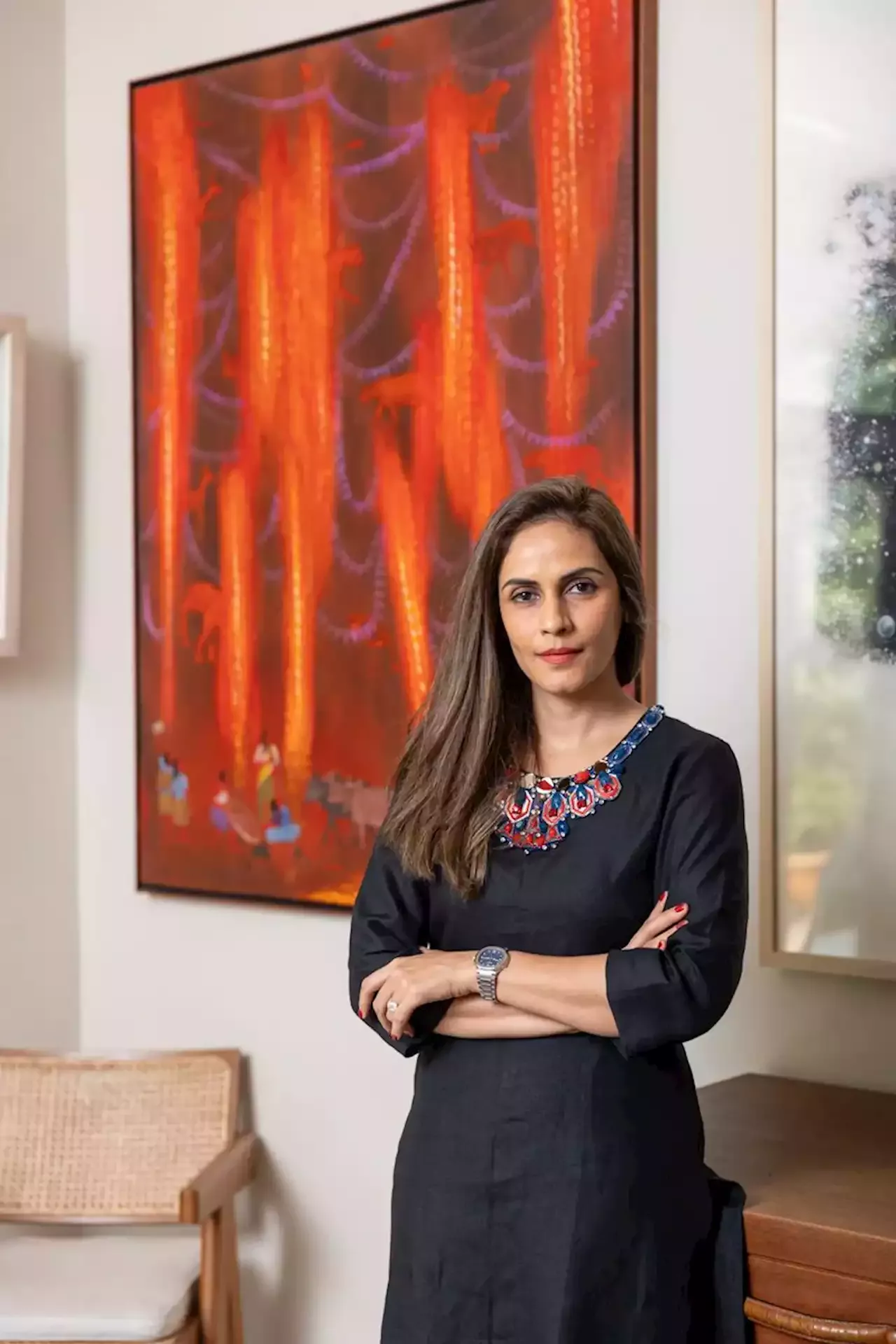As the India Art Fair returned to New Delhi last week for the first time since the pandemic, it affirmed a shifting trend in the Indian art market. While collecting had previously been the purview of moneyed collectors chasing blue chip names, the pandemic offered nascent enthusiasts the opportunity to explore the art world virtually, make personal connections with the artists themselves, and even purchase art on a budget.
As such, the fair’s programming made a concerted effort to reach out to new and young collectors, and likewise, galleries purposefully trained their spotlights on emerging artists and overlooked Indigenous art forms. Established collectors are following this lead, and supplementing their blue chip collections with young, local talent. The effort to support the work of young artists, especially those who practice native forms, responds to the shifting socio-political climate in the country. As conservative right-wing sentiments are on the rise, and cultural diversity is under threat of erasure, patrons feel a responsibility towards uplifting liberal voices and preserving the country’s artistic traditions.
While these efforts are evident in the movements of well-known collectors like Kiran Nadar and Abhishek Poddar—who have made their collections available for public viewing—the buying habits of their younger cohorts are especially telling of this trend. These folks see themselves as patrons of their own artistic revolutions, spotlighting work that is in danger of being lost, and uplifting the voices of the artists of the day.
